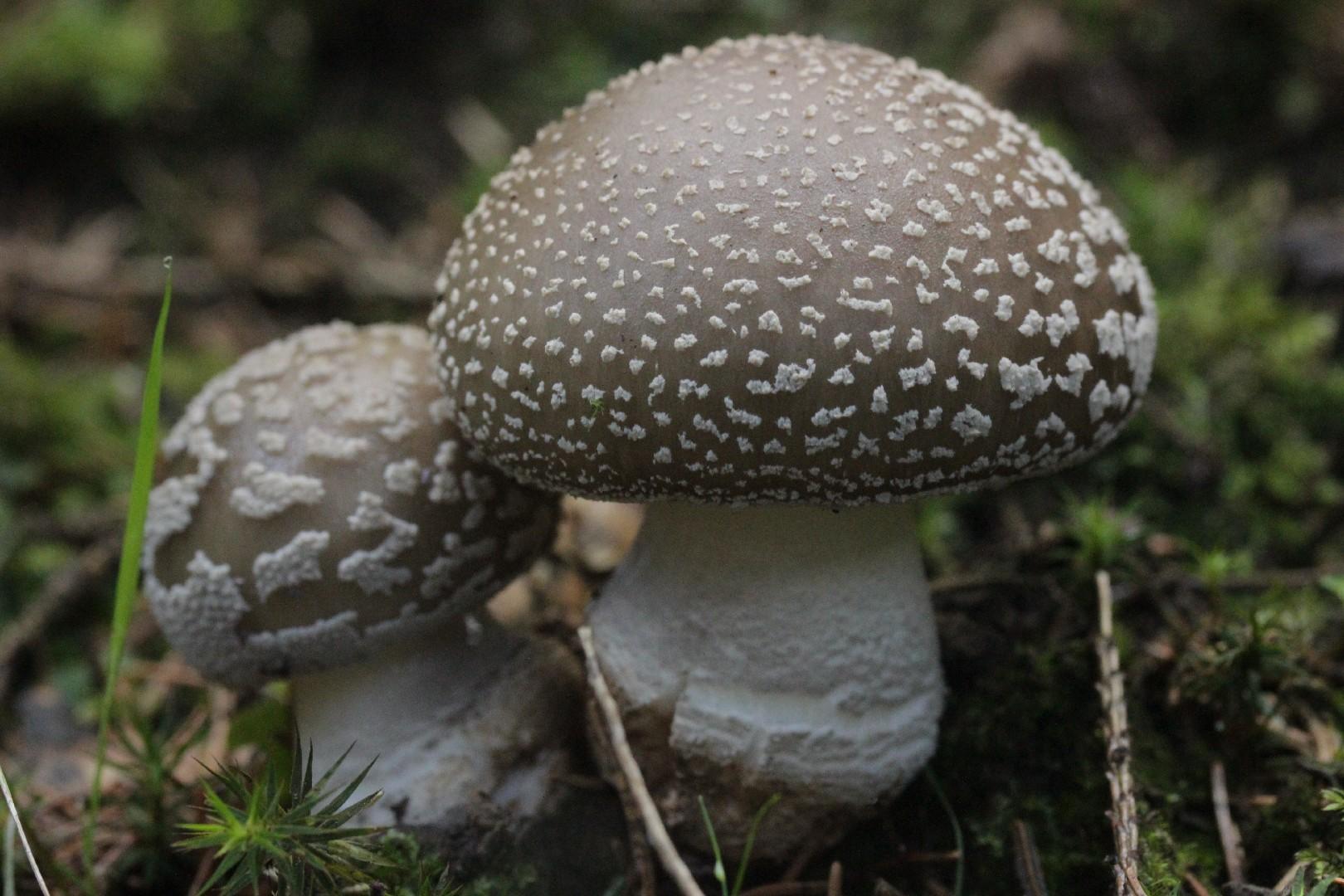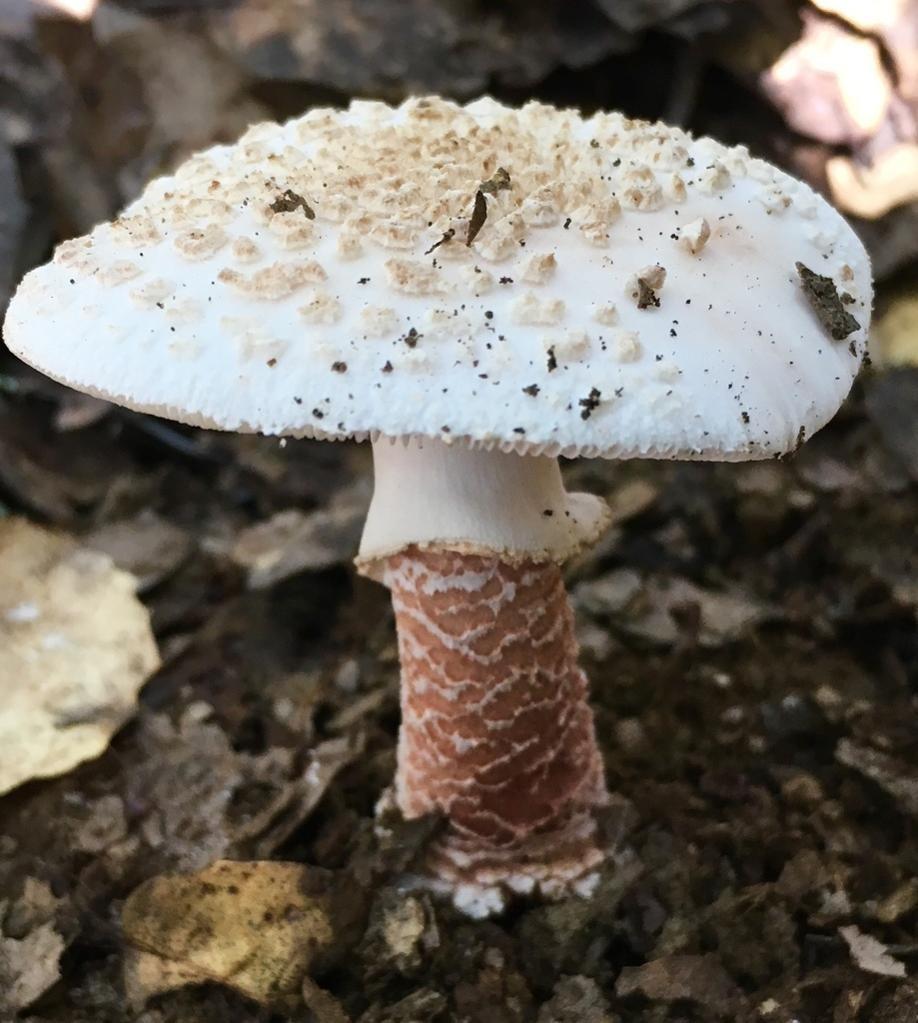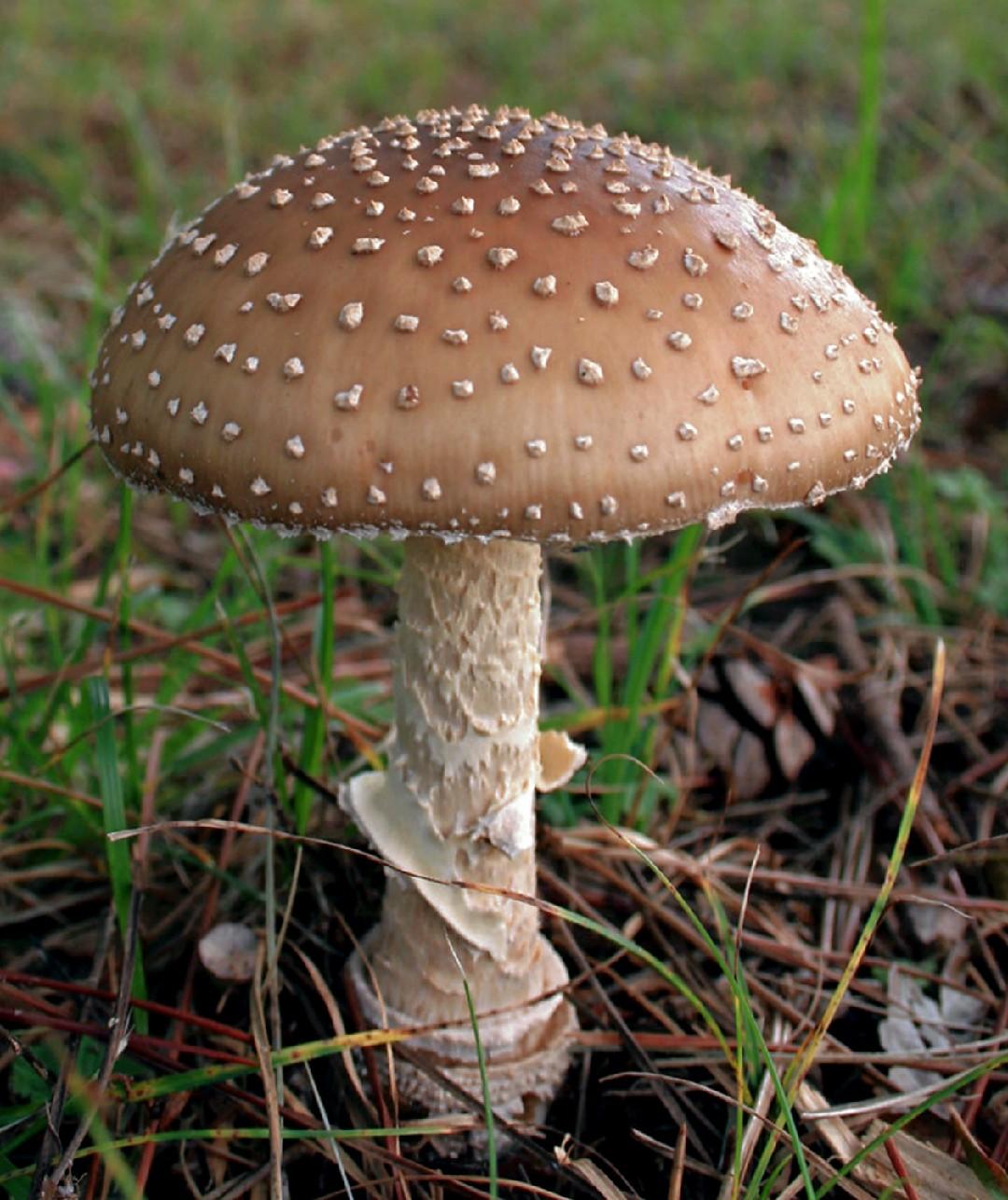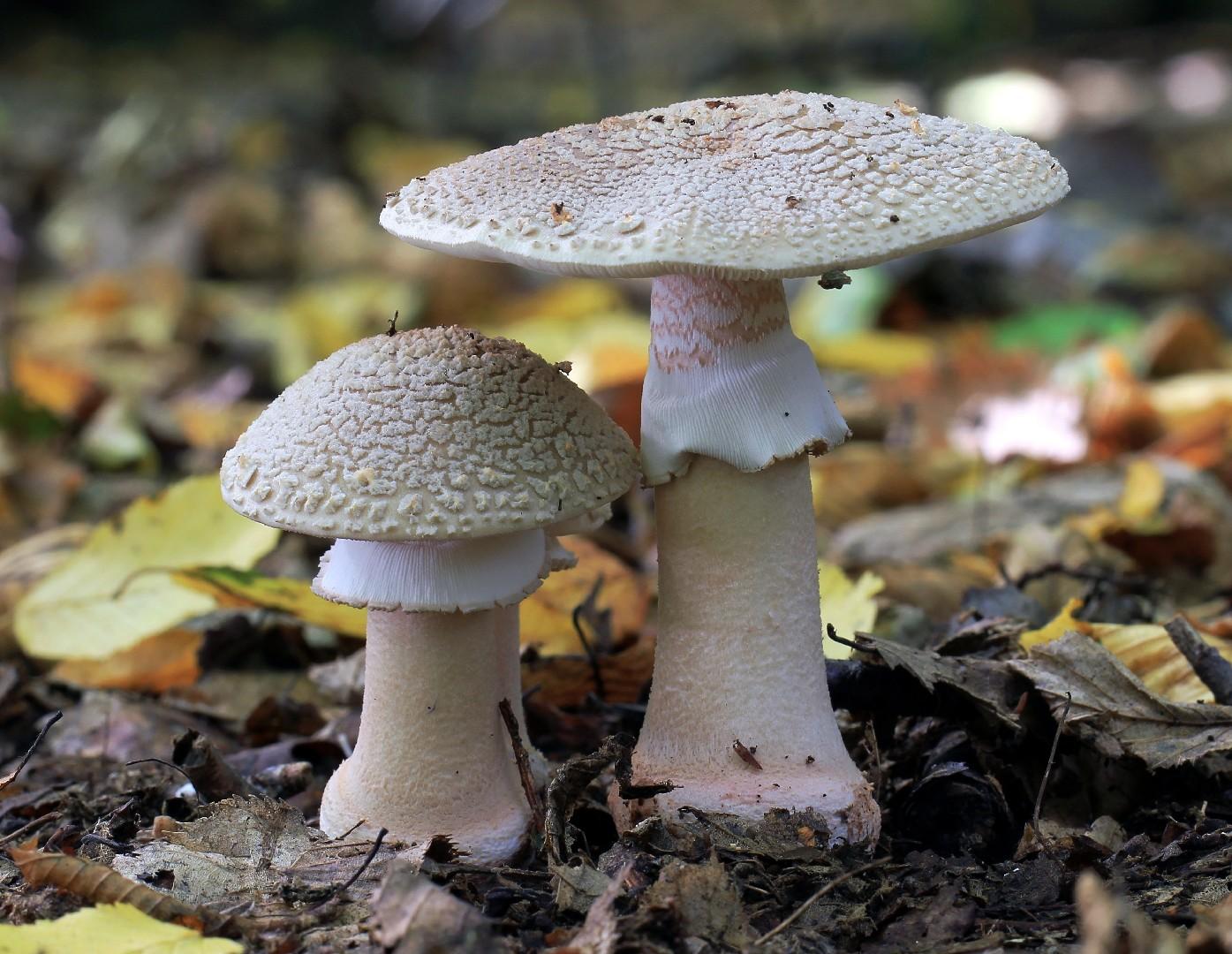

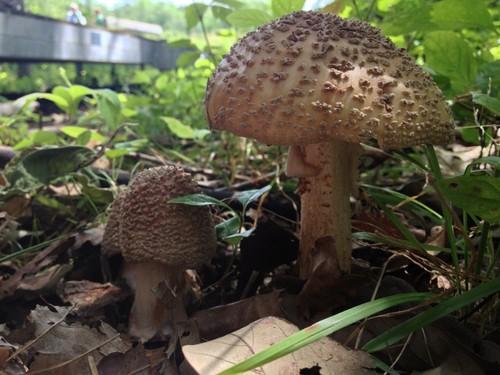
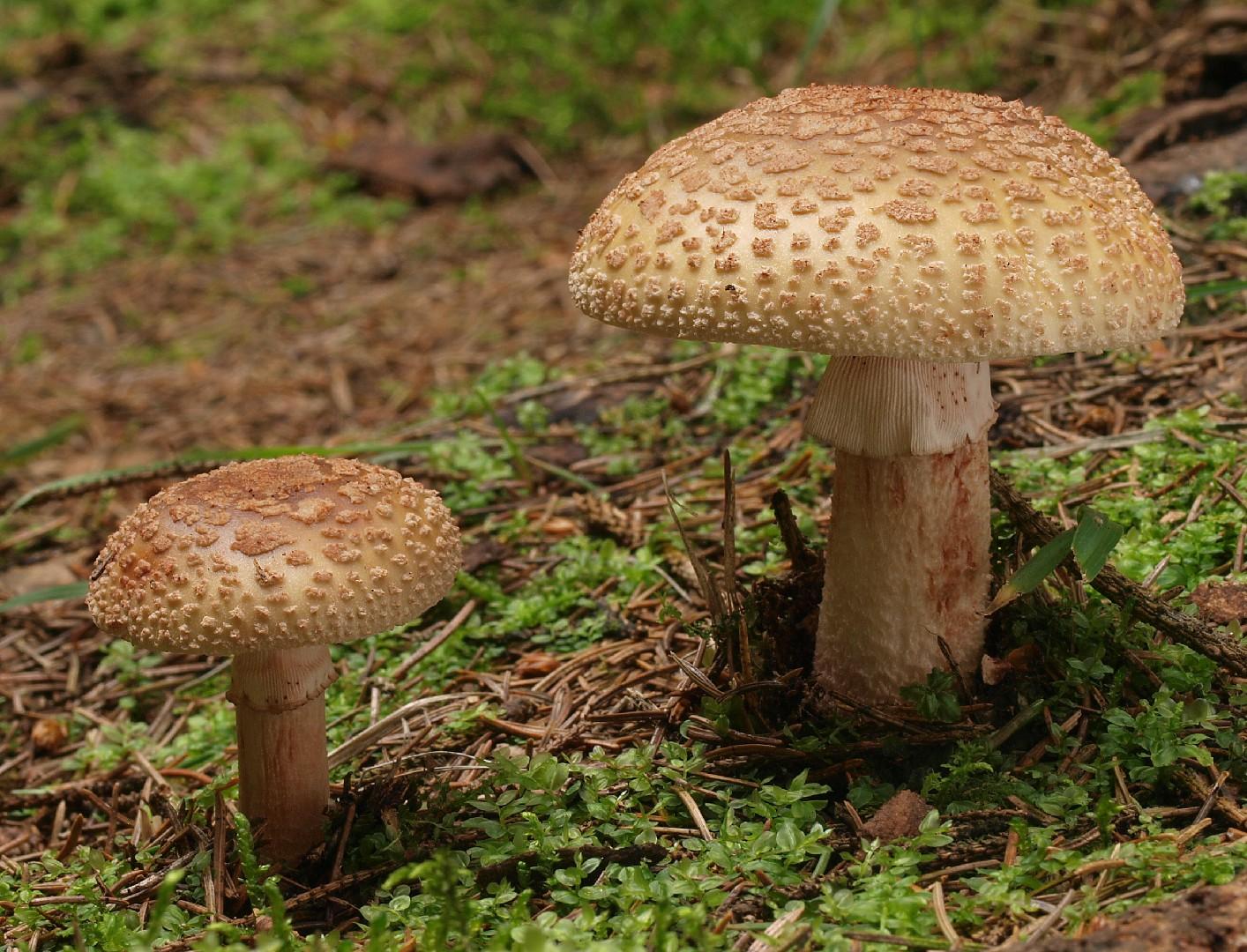
Blusher
Amanita rubescens
A species of Amanita mushrooms.
The blush-like mushroom earned its name due to its tendency to turn a reddish-pink hue when sliced or damaged. This fungus has a global distribution, though its presence in the southern hemisphere might not be indigenous. It possesses a hemolytic toxin, and consuming it can lead to anemia.
Attributes of Blusher
Cap Diameter
4 - 15 cm
Height
8 - 20 cm
Cap
Cap 4 - 15 cm across; hemispherical to flat to broadly umbonate; brown; surface smooth, with veil remains; turns grayish when bruised
Cap Shape
Convex, Flat
Cap Surfaces
Warted, Fibrillose-scaly, Slimy or slightly sticky
Gills
Free, attached; close, crowded; white, reddish
Gill Attachment
Free to Attached
Stem
Stem 5 - 18 cm long, 1 - 3 cm thick; white; with scurfy; turns pinkish when bruised
Stem Shapes
Club Shaped
Stem Surfaces
Smooth to slightly fibrous
Flesh
White to pale pinkish red
Volva
Bottom of the stem
Ring
With Ring
Spore Print Color
White
Odor
Mildly mushroomy but not distinctive.
Body Color
BrownYellowRedGrayWhitePink
Flesh Bruises
Discolor to pink or red
Growth Form
Solitary, Scattered, Gregarious
Nutrient Gathering
Mycorrhizal
Substrate
On soil
You can find Blusher by these plants
Oaks, Pines, Populus, Spruces
Occurence Habitats
Deciduous Woodland, Coniferous Woodland, Mixed Woodland
Species Status
Widely distributed
Endangered Species
No
Scientific Classification of Blusher
Phylum
Club fungi
Class
Mushroom-forming fungi
Order
Gilled fungi
Family
Amanita
Genus
Amanita mushrooms
Toxicity and Edibility of Blusher
Is Blusher Toxic?
Toxicity information is not available for this mushroom. Always consult with an expert before consuming any wild mushrooms.
Is Blusher Toxic to Dogs?
Blusher can be dangerous to dogs. If your pet has consumed this mushroom, seek immediate veterinary attention. Symptoms may vary, but early intervention is crucial for the best outcome.
